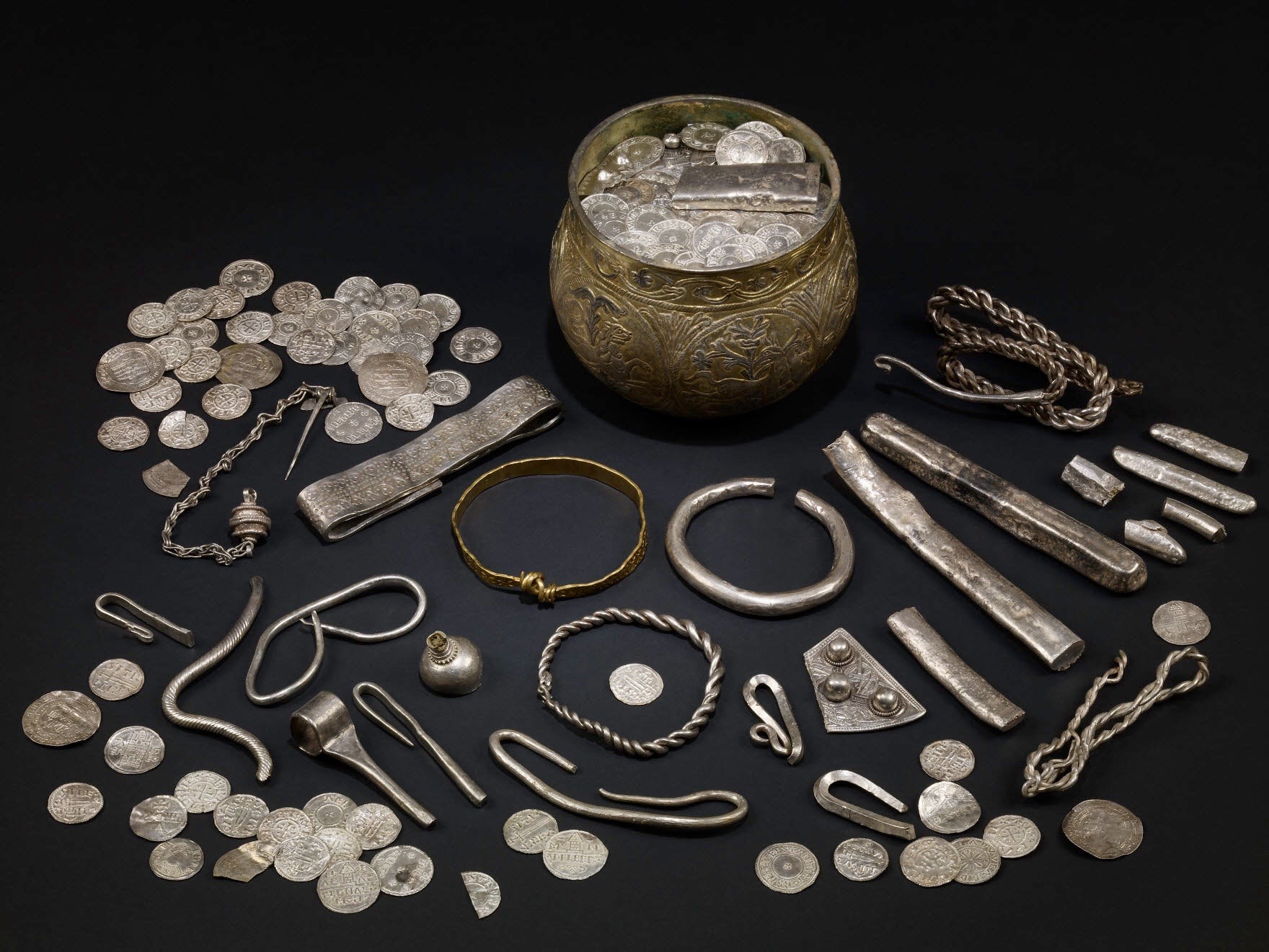Just like any person today, the Norse peoples and Vikings always had a fondness for some of life’s precious things, specially silver. In Europe, hundreds of buried hoards of silver testify to its attraction for Vikings when they lived more than 1000 years ago.

‘Clearly they loved the stuff,’ said Dr Jane Kershaw - Spillings Hoard in the picture
Silver was already regarded as a precious metal by the time the 300-year-long Viking era began in Scandinavia in about 750 AD. It was prized above gold in ancient Egypt as far back as the 4th millennium BC and used in coins by Lydians, inhabitants of western Asia Minor, in the 6th century BC.
Looking at silver’s past through the ages offers insights into the movements and evolution of ancient civilizations as well as into the origins of money. It’s even beginning to transform some long-held views about past peoples.
As head of a research project that received EU funding to assess the role of silver in the lives of Vikings, Dr Jane Kershaw is questioning the traditional portrayal of them simply as fearsome invaders in western Europe.
She said the Vikings were strongly influenced by the Golden Age of Islam, which also began in the 8th century AD.
According to Dr. Jane Kershaw, “We have found little evidence for Vikings acquiring (silver)loot through violent raids in the West. Instead, the quest for Islamic silver was the huge driver of the Viking Age.” ... “Clearly they loved the stuff” (silver).

Cuerdale hoard
Dr. Kershaw research project, called SILVER, got underway in March 2019 and is due to run into 2024. It also involves Dr. Stephen Merkel, an Earth sciences expert at the Free University of Amsterdam in the Netherlands and a coin specialist named Jani Oravisjӓrvi at the University of Oulu in Finland.
The three researchers have analyzed trace metals, including lead found in silver coins gathered from museums, using lasers for micro-sampling.
Examining different variants – or isotopes – of lead helped to shed light on the source ores and, with it, to provide new information on the origins of the Viking Age.
The conventional wisdom has been that the era of the Vikings began with an attack in 793 AD against the island of Lindisfarne off the northeastern coast of England and that they developed trading links with the Islamic caliphates only in the 10th century. However, a large proportion of Islamic silver found in the treasure hoards covered by Kershaw’s investigations suggests the Vikings may have headed eastwards much earlier – from around 750 AD. They then formed extensive global trade routes eastwards and southwards while expanding in western Europe.

“These trade networks run from North Africa to Baghdad, across the Caspian Sea, up through Ukraine and Russia, to the Baltic Sea and Scandinavia,” said Kershaw. “That’s a vast arc of silver flowing one way and goods and people flowing in the other direction already in the 9th century.”
“I hope it will make people reassess the early stages of Viking raiding in Europe,” she said. “I also hope people will take the methods and apply them to their own area of research.”
Provided by Horizon: The EU Research & Innovation Magazine












